
Lewy body dementia
Lewy body dementia, also known as dementia with Lewy bodies (DLB), is one of the most common types of dementia. Like other forms of dementia including Alzheimer’s disease, it can cause problems with understanding, thinking, memory and judgment.